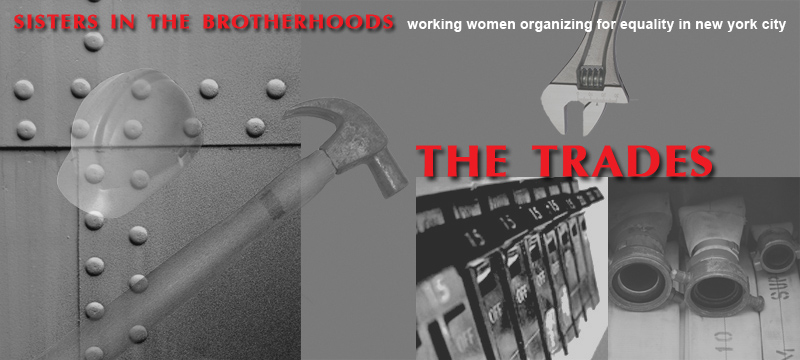 |
||||||
Tile setter: "Hands of gold" The skilled craft workers who set tile, marble, and terrazzo combine an artistic sensibility with a flair for mathematical precision. The materials they use are durable, water resistant, and beautiful—thus making them a popular choice for grand public spaces, office buildings, and private homes. Each material has different qualities, and installation methods vary somewhat. Installers and mechanics usually work indoors, but the job demands physical endurance—bending, reaching, and kneeling for long periods—and the strength to carry heavy materials, such as bags of cement. Wages are attractive, as Angela Olszewski testified in 2004 before the U.S. Senate Committee on Health, Education, Labor and Pensions: “Let me take you through my annual income for the past four years as a tile setter. First Year Apprentice: $18,000. Second Year Apprentice: $32,000. Third Year Apprentice: $46,000. Journeyworker: $55,000.” The website of Local 7, International Union of Bricklayers and Allied Craftworkers (BAC), includes more detailed information about wages, the trade, and training. An online photo gallery provides stunning examples of work done by members of Local 7, which represents workers in New York and New Jersey. Despite its enticing wage scale, women remain vastly underrepresented in the trade. According to federal labor statistics published in the TileLetter, an industry newsletter, in 2010 only 8.9 percent of workers in the construction trades were women; of that number, only about 2.3 percent were installers and finishers of carpeting, flooring, and tile. Female tile setters and finishers thus accounted for only a tiny share of workers in the construction trades. The trade’s physical demands challenge women (and men), but gender stereotyping and sexism persist as the toughest barriers for women to overcome. A generation after the pioneering women of the 1970s and 1980s entered nontraditional jobs, women like Olszewski still encountered resistance and sometimes blatant sexual harassment on the job. The same foreman who complimented Olszewski on her skill at marble setting—her “hands of gold”—also pigeonholed her job assignment until she complained to the union and the company. As a beneficiary of the pioneers who preceded her, Olszewski understands the significance of being a role model. In 2001 she demonstrated her craft at the Smithsonian Folklife Festival in Washington, D.C. “I was so proud to be there,” she remembered, “because I showed every little girl who passed by, one more choice in her life.” | ||||||
| ||||||
Copyright 2012 Jane LaTour/Talking History |
||||||